When finalising your design scheme it is important to take certain aspects of the design into consideration. Understanding your client’s style will determine the choices, options and potential alternatives for the design scheme.
It is very rare that a designer will make decisions on the client’s behalf. Generally, the client has a good idea of what they want and if not, the designer will help them to find their own style. Here are 8 tips and principles to consider starting or indeed finalising, your interior design projects.
Principle 1: Always conduct in-depth research into the materials and finishes you are specifying.
Image: Depositphotos.
Fitness for purpose
Interior designers will specify items for a design to ensure they correlate with the original design idea. When deciding on items, materials, equipment and fixtures and fittings, it is essential that the materials supplied are of a reasonable standard and are fit for purpose.
An example of inappropriate use of fabric - If a designer was to specify that an exterior sun lounger can be covered with colourful silk fabric, the silk would in fact fade and disintegrate when exposed to the sun and it could not withstand the wear and tear. Silk is also unsuitable for outdoor use as it stains easily and is not water repellant. In this hypothetical, the designer has neglected their obligation to provide materials that are fit for purpose.
It is crucial for designers to be aware that failing to designate materials that are fit for purpose can cause serious issues with the client. Before specifying a particular material, make sure you have researched it in detail.
Principle 2: When approaching a large room, it is best to use warm colours and large pieces of furniture. Also, try to create two or three individual areas.
Principle 3: When approaching a small room, use pale colours and keep clutter to the bare minimum.
Image: Depositphotos.
Location and architecture
Considering the location, function and architecture of a building can also be very helpful with your design. For example, knowing which rooms face south or north can involve choosing different colours to compliment the spaces.
Smaller rooms will require a different approach than larger rooms and low ceiling rooms will have different needs than higher ceiling rooms.
Colour
How will you use colour? If you are attempting to make a small room appear larger, use lighter colour paint or wallpapers.
Dark colours have the opposite effect but, should you find that a client wishes to include lots of colourful objects in the room, you may want to consider using base colours such as white, cream or black and allow the objects to express the colours in the room.
When considering colour and the desired amount of accessories for a space, other accent pieces such as houseplants, pictures and decorative vases can also be included at this point.
Principle 4: A high ceiling can 'be lowered' by drawing the eye to the lower part of the walls. And this can be achieved with colour, picture rails or furniture.
Principle 5: A low ceiling can 'be raised' by contrasting darker colours on the walls with lighter colours on the floor and ceiling. Vertically striped wallpaper is also effective.
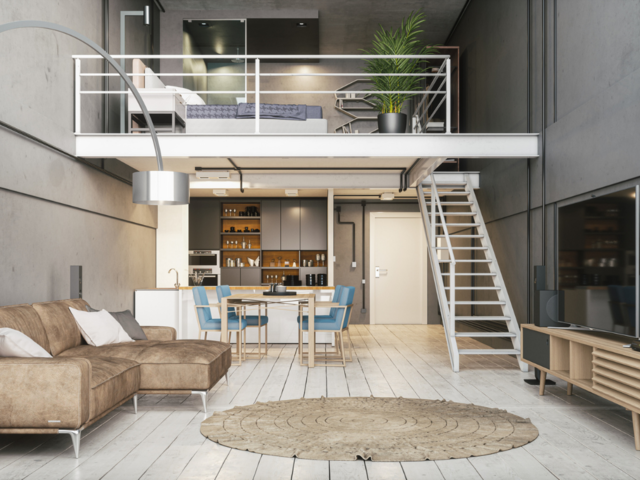
Image: Depositphotos.
Principles 4 and 5 will offer an insight into the importance of the architectural aspects of the space you are interior designing.
Principle 6: Every scheme should have a focal point (which is sometimes difficult to achieve).
Image: Depositphotos.
Focal point
Another aspect you must consider when creating a design scheme is to create cohesion and consistency within the space. Visual relations between rooms need to be considered, especially when working on open-plan layouts where doors are often left open.
Every scheme needs a focal point but at times, this can be difficult to achieve. A room without a focal point can just feel wrong, or disjointed and lacking a harmonious ambience. A fireplace is often the focal point in a room but it can also be a striking piece of art or a window with an interesting view.
Principle 7: Contrasting styles such as contemporary and historic elements can be combined (but handled with care).
Image: Unsplash.
Style
When decorating the interior of a home, it is essential to take into account the architectural layout and style of the house. It can be risky to experiment with a mixture of Georgian, Victorian, Tudor or cottage styles and is often best to allow the architecture of the house to dictate the style of the interior.
Also, remember that trends and styles that are promoted by manufacturers or retailers may not necessarily suit the home you are working on.
Principle 8: Don’t be afraid to play with different colours and textures to create a truly dynamic scheme.
Image: Depositphotos.
Ethical considerations
When refurbishing or decorating there are many decisions involving finishes, materials and furniture. And ethical and environmental issues should not be ignored.
Water-based paints are considered a healthier option yet it still receives criticism for their production processes and ingredients which are not necessarily environmentally friendly.
Every item you choose will have some level of impact on the environment. This refers not only to the product itself but also to its manufacturing process and transport. Ideally, products should be locally sourced but the reality is that most of the available stocks are transported over long distances.
Creating a genuinely ethical and sustainable design requires in-depth research and additional effort when sourcing your items. It is, however, essential to consider this aspect of your scheme.
Continue reading about interior design trends, ideas and helpful tips.
Whether you're looking to become an interior designer, decorate your own home or start a successful interior design business, we have the right course for you
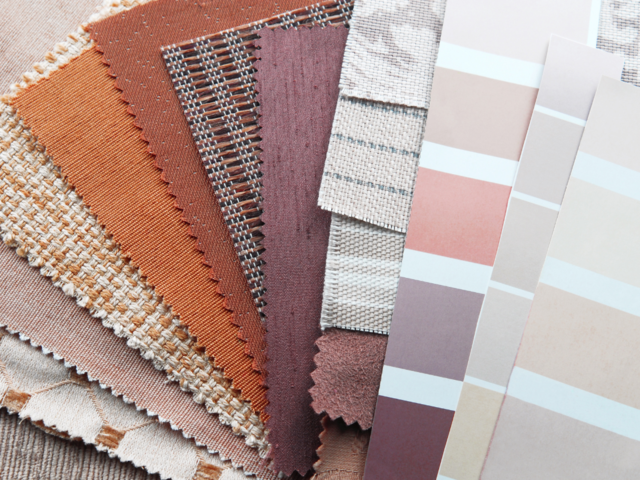
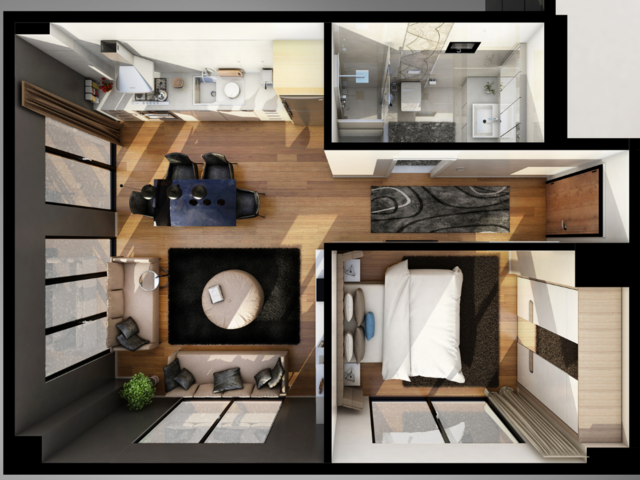
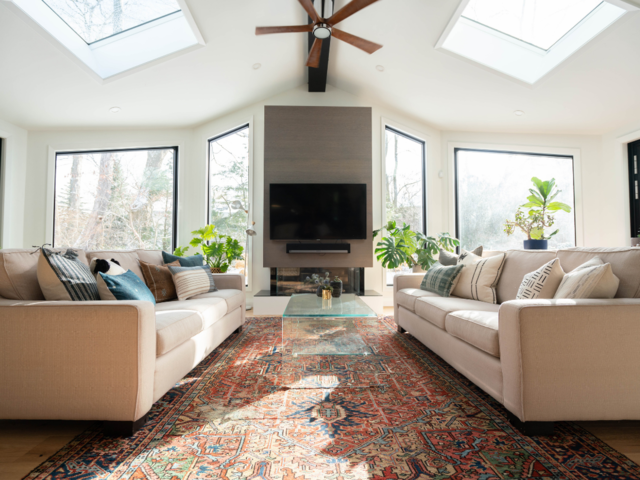
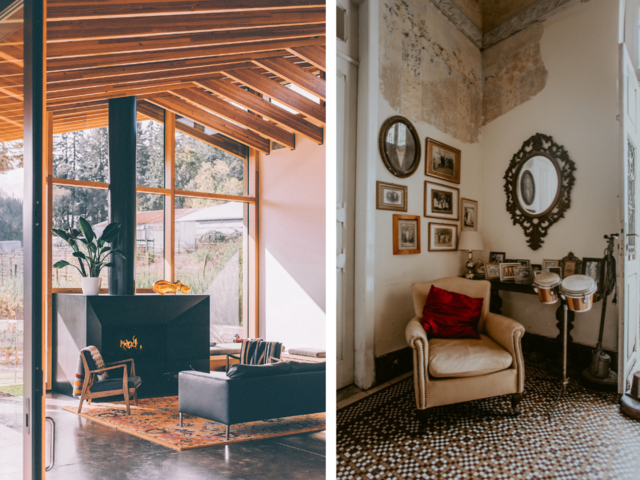
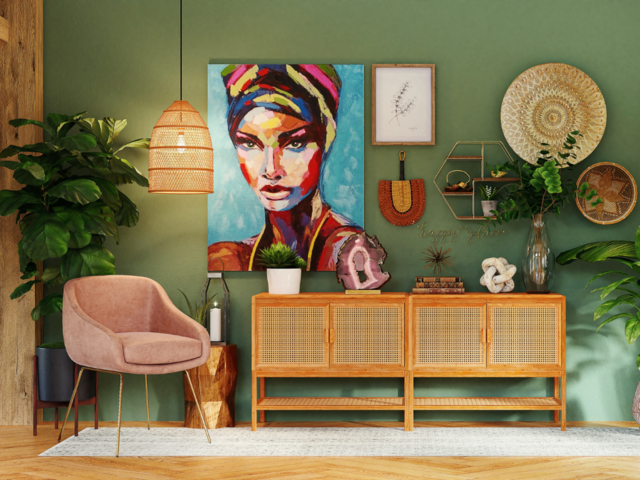

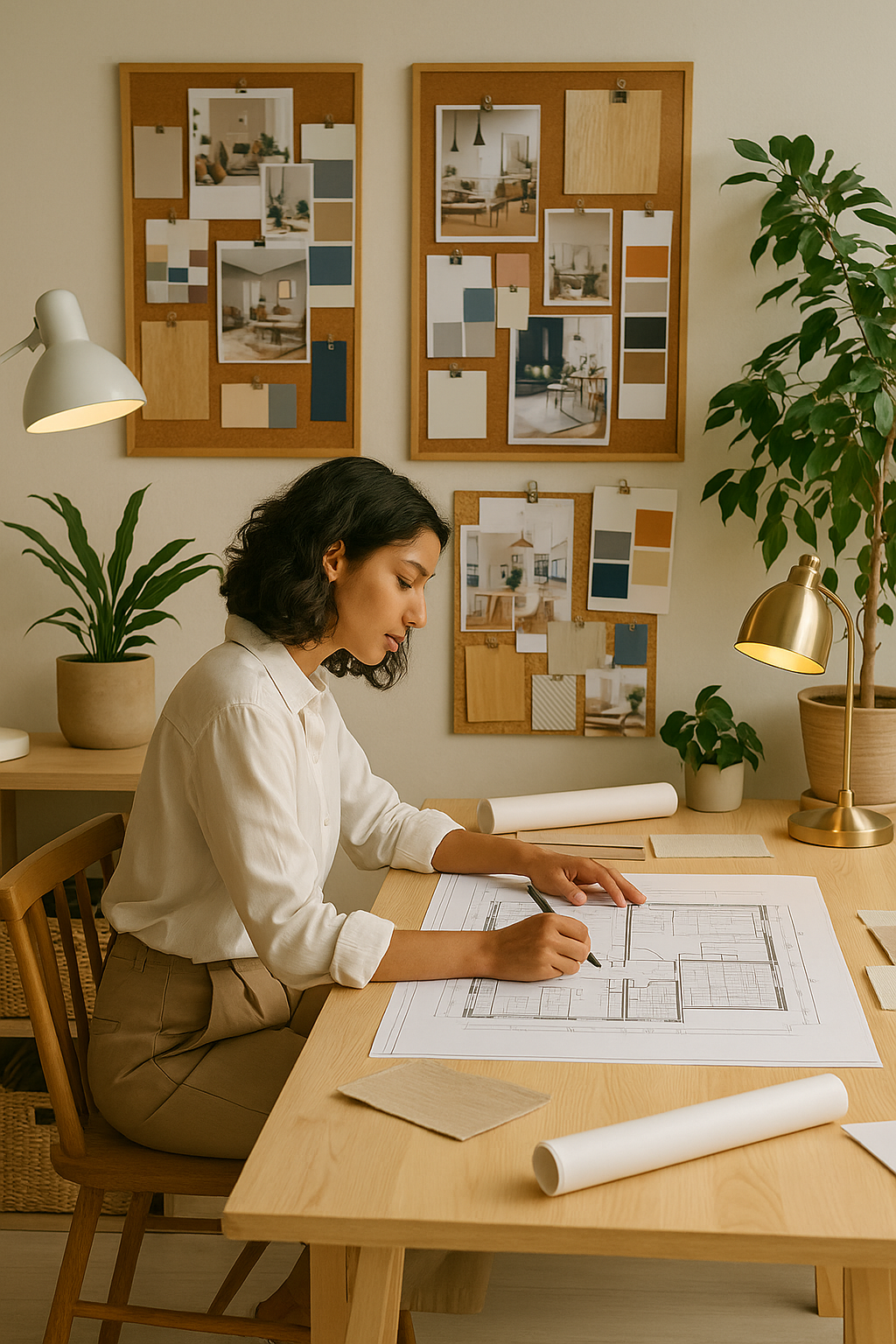
Comments
your blog is very inspiring,
principle 8 was what i took from it, to be bold ,courageous, to explore , to create drama in interiors one has to have a strong mind to play with bold colors,and have a good knowledge on how to use it.